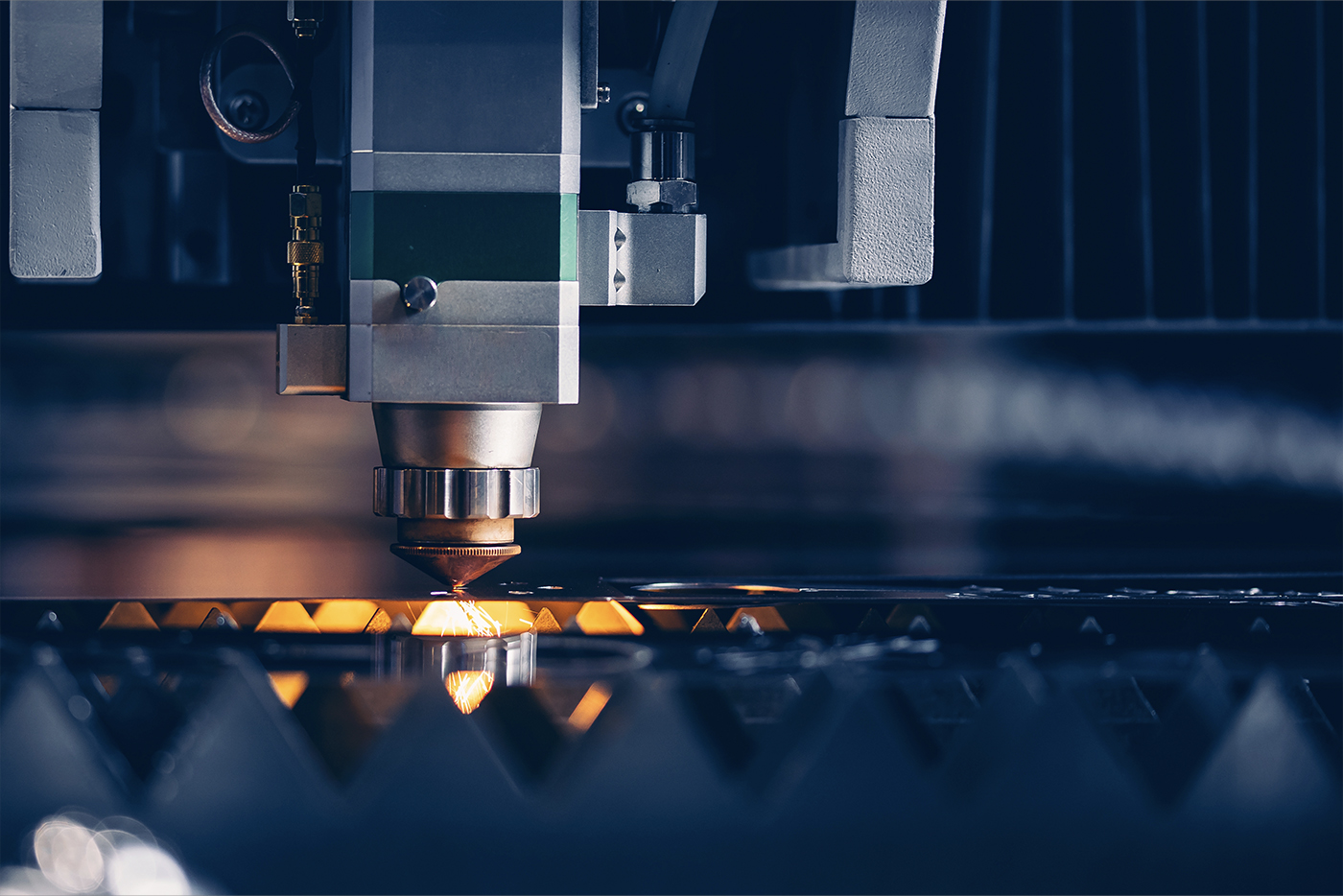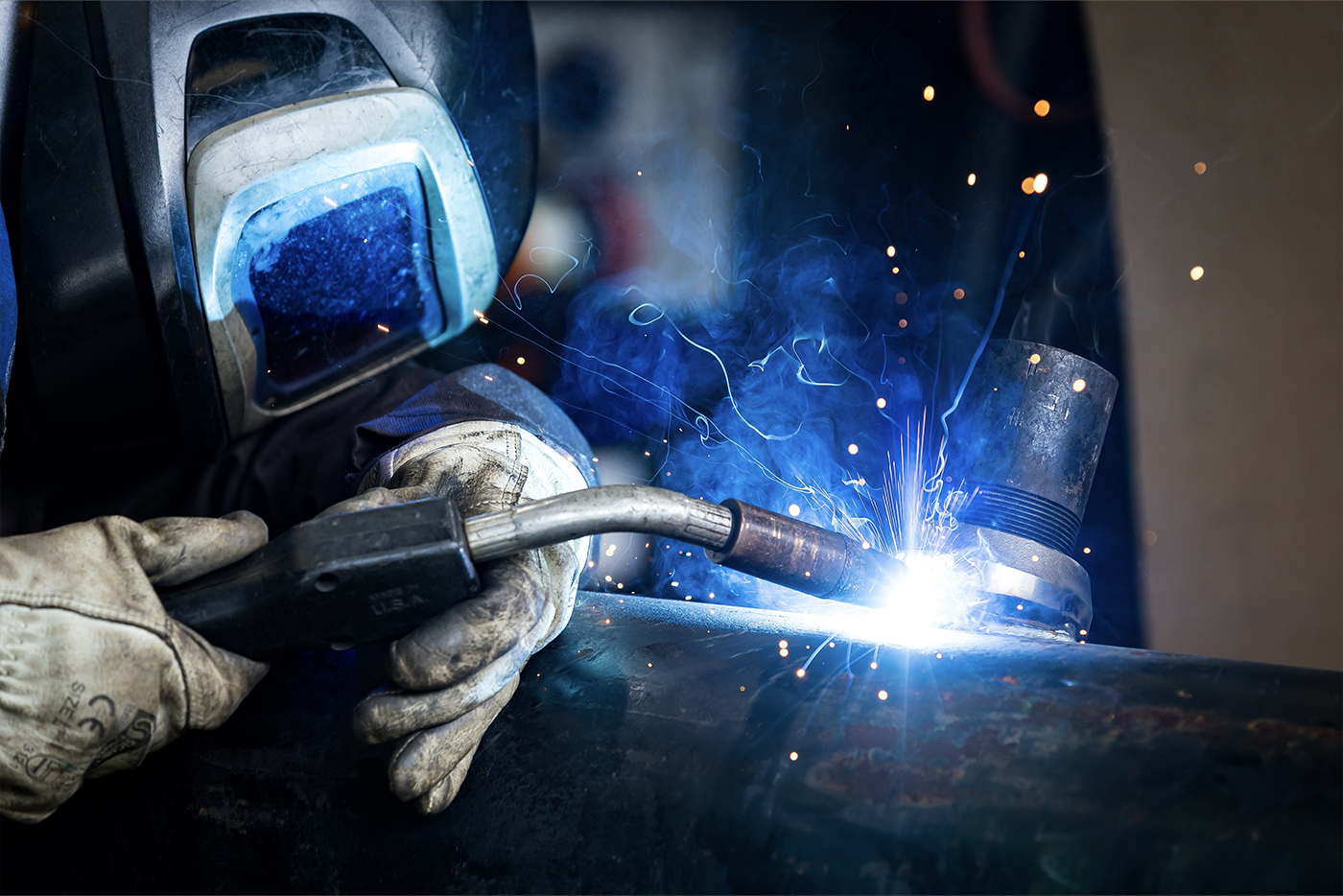Breadcrumb
Sheet Metal Bending: Technologies and Parameters in Professional Processes
The article discusses the critical factors in sheet metal bending, such as material properties, force, and thickness, which affect precision. It compares manual, CNC, and robotic bending technologies, emphasizing their applications in different production contexts. Proper material handling and process optimization are key to achieving high-quality results in sheet metal processing.

The goal of this article is to explore the most critical technical parameters, the technologies used, and the factors that affect the final quality of sheet metal bending.
Sheet metal bending is a crucial stage in sheet metal processing, essential for transforming flat metal sheets into precise and functional three-dimensional components. This process is applied in many industries, from automotive to medical, furniture, and construction, where the shape and strength of the final piece are critical constraints.
Minifaber performs precise bending on a wide range of materials, including steel, stainless steel, aluminum, and light alloys, using state-of-the-art CNC press brakes. This technology allows for work with tight tolerances, ensuring high repeatability even in large-scale production runs.
The goal of this article is to dive deeper into the most critical technical parameters, the technologies employed, and the factors that influence the final quality of sheet metal bending. Understanding these elements is essential for optimizing production processes and ensuring reliable results that meet design specifications.
Sheet Metal Bending: Factors Affecting Result Precision
The precision of sheet metal bending depends on a complex combination of technical factors. To achieve optimal results, it is essential to analyze how force, material properties, and sheet thickness interact.
Interaction Between Force, Material, and Thickness
The force exerted by the press brake must be precisely calibrated according to the sheet's thickness and material type. Harder materials or thicker sheets require higher force to achieve the desired bend without compromising the component's integrity. At the same time, excessive force can cause unwanted deformations or breakages, especially in thinner or more ductile materials.
Metal Elasticity and Minimum Bend Radius
Each metal has its own elasticity modulus, determining the minimum bend radius without cracking or breaking. For example, stainless steel has greater resilience than aluminum, allowing for tighter radii. Understanding this parameter is crucial for designing effective, durable bends and avoiding elastic springback, which can alter the final angle once the force is removed.
Dimensional Tolerances: How to Minimize Them with CNC Press Brakes
The use of CNC press brakes allows precise and repeatable control of bending parameters such as angle, force, speed, and position. This results in extremely tight dimensional tolerances, essential for ensuring the quality and assemblability of bent components, particularly in mass production or in applications where strict technical specifications are required.
CNC press brakes also allow the programming of complex bending sequences, minimizing human error and optimizing production times, with clear benefits in terms of efficiency and cost.
Bending Technologies: Manual, Automated, and Robotic
CNC sheet metal bending has revolutionized sheet metal processing by offering levels of precision and repeatability unimaginable with traditional manual bending. Below are the key differences between the various technologies and their applications.
Differences Between Traditional and CNC Bending
Traditional bending relies on manual or semi-automatic machines, where the operator directly adjusts parameters like force and bend angle. This method is still used for small batches or single pieces but has limitations in terms of precision and repeatability.
In contrast, CNC bending fully automates the process. With numerical control, it is possible to pre-program precise bending sequences, adjust parameters accurately, and drastically reduce errors and scrap. This system is ideal for medium- to large-scale production, where consistent quality and reduced cycle times are crucial.
When to Use Robotic Bending for Mass Production
Robotic bending represents the pinnacle of automation and precision. It is mainly used in high-volume mass production or in industries requiring high geometric complexity, where speed and quality must be maximized.
Robots, integrated with CNC press brakes and vision systems, perform complex bends on sheets of various sizes and materials, ensuring consistent results and operational safety. This technology also allows for integration with other processes such as laser cutting and assembly, creating fully automated production lines.
Integration with Other Stages (Laser Cutting, Welding, Assembly)
A key aspect of modern automated sheet metal bending is its integration with other typical operations in the mechanical engineering chain. For example, Minifaber uses systems that combine high-precision laser cutting with CNC bending to optimize tolerance management and simplify internal logistics.
Furthermore, combining bending with robotic welding or automatic assembly allows for the creation of finished or semi-finished components ready for immediate use, reducing production time and overall costs. This integrated approach is now one of the main competitive advantages for companies operating in the most demanding industrial sectors.
Materials Processed: Stainless Steel, Aluminum, Steel, and Alloys
Bending sheet metal made from stainless steel, aluminum, steel, and alloys is a technical challenge that requires in-depth knowledge of the mechanical and metallurgical properties of each material. These specific characteristics directly affect how the metal behaves during bending, particularly in terms of elastic springback and the final quality of the bend.
How Elastic Springback Angles Vary Based on Material
Elastic springback refers to the phenomenon where the sheet metal "relaxes" after bending, causing the angle to deviate from the intended one. This effect depends heavily on the material:
- Stainless steel, with its higher mechanical strength and elasticity, exhibits more pronounced springback, often requiring overbending to achieve the desired final angle.
- Aluminum and its alloys have a lower elasticity modulus, resulting in less springback compared to stainless steel but being more prone to permanent deformation or cracking if bending is not done correctly.
- Mild steel or carbon steels have more predictable behavior, with moderate springback and good workability.
Proper programming of CNC press brakes accounts for these factors to compensate for springback and ensure tight tolerances.
Preliminary Treatments to Improve Bending Quality
Before bending, materials can undergo surface or thermal treatments that improve workability and quality of the result:
- Cleaning the surface of oils or oxides is crucial to prevent aesthetic or mechanical defects.
- For stainless steels and particularly hard alloys, annealing can reduce hardness and make bending easier without breakage.
- Lubricating the surfaces in contact with tools reduces friction and prevents scratches or marks on the sheet.
Operational Differences Between Mild Steel, Stainless Steel, and Light Alloys
Each material family requires a differentiated approach during bending:
- Mild steel is generally easier to bend, with lower risks of breakage, but requires careful control of applied force to avoid excessive deformation.
- Stainless steel requires more attention to overbending and stricter control of tolerances due to its higher springback and more resilient structure.
- Light alloys, such as aluminum, need delicate parameters to avoid cracking or permanent deformation, with more controlled bending speeds and constant monitoring of material conditions.
These operational differences must be understood and managed by experienced technicians with support from advanced CNC machinery, such as those used by Minifaber, to ensure reliable, high-quality results.
When to Choose Cold Metal Bending for Your Processing
Cold metal bending is a widely used technique to shape sheets without applying heat, offering several technical advantages but also limitations that need to be considered during the design phase.
Cold bending allows for the creation of components with:
- No thermal deformations: since the material is not heated, no metallurgical alterations or residual stresses typical of hot treatments are generated.
- High dimensional precision: thanks to numerical control and material stability, the final dimensional tolerances are tight, particularly important for mechanical or structural applications.
- Repeatability and speed: CNC press brakes allow for uniform bending across large batches, reducing scrap and production time.
- Energy savings: as no heating is required, the process is more sustainable and cost-effective.
However, cold bending is not always the best solution:
- For complex or deep shapes, stamping or molding may offer greater precision and structural integrity.
- When high plastic deformations are required without cracking risks, shearing or hydroforming are valid alternatives.
- Some particularly hard or thick materials may require preliminary heat treatments or the use of combined processes to prevent breakage.
The choice of the most suitable process depends on the project analysis, material, and the component's intended use.
Conclusion: The Importance of Design in Sheet Metal Bending
A high-quality bend starts with a detailed technical design and close collaboration between designers and machine operators. Optimizing geometries, selecting the right bend radii, and evaluating tolerances in advance are critical to avoiding production errors.
At Minifaber, every sheet metal bend is supported by advanced CAD/CAM software, which allows for virtual simulations and preliminary checks to anticipate critical issues and ensure precise results that meet specifications.

